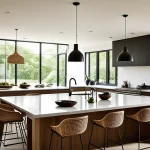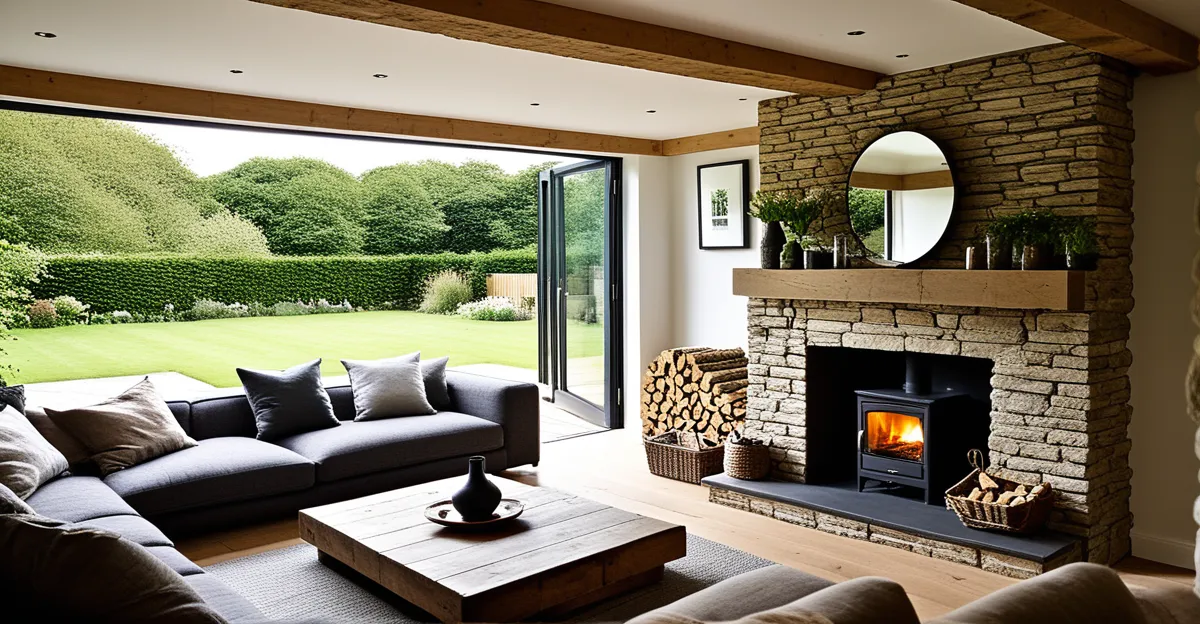Essential Steps to Transform Your British Home into a Green Oasis
Creating a green oasis at home begins with understanding the unique characteristics of British homes and climate. The key to successful eco-friendly living is starting with small, manageable steps that suit your space and lifestyle. Begin by evaluating your property’s natural light, temperature, and available outdoor or indoor areas where plants can thrive.
Next, focus on making eco-friendly choices that reduce your carbon footprint and enhance sustainability. This includes selecting energy-efficient lighting, using natural cleaning products, and integrating water-saving devices. British households benefit greatly from such choices due to the country’s often damp and variable weather, which requires durable, adaptable solutions to maintain plant health and energy efficiency.
Also to discover : How Can You Enhance Your Home’s Aesthetic with Sustainable Choices?
Finally, embrace the benefits of a plant-filled, sustainable environment. Plants not only improve air quality but also reduce stress, enhance mood, and promote wildlife. By transforming your home into a green oasis, you foster a healthier, more balanced living space that reflects eco-conscious values while making a positive impact on the planet.
Selecting the Best Plants for British Homes and Gardens
Choosing UK-friendly plants is crucial for creating a thriving green oasis at home. British homes often face a temperate climate with fluctuating humidity and shorter daylight in winter, making it essential to select species that can flourish indoors and outdoors under these conditions.
Also to discover : How Does Sustainable Design Impact Your Home’s Comfort and Functionality?
For indoor plants, options like spider plants, snake plants, and peace lilies are ideal. They are low-maintenance, tolerate varying light levels, and improve air quality—perfect for eco-friendly living in British homes. Outdoor gardening benefits greatly from native and climate-resilient plants such as bluebells, heathers, and foxgloves, which require less water and chemical intervention, enhancing sustainability.
Busy households will appreciate plants with minimal care demands. Succulents and ferns, for example, adapt well to indoor environments and often need only occasional watering. Incorporating native species also encourages local biodiversity, supporting wildlife and reducing the need for artificial fertilizers and pesticides.
Overall, selecting suitable plants tailored for the UK climate supports lasting green oases at home, combining aesthetic appeal with practical eco-friendly benefits. This step ensures your garden and indoor greenery thrive year-round, reflecting a sustainable lifestyle tailored to British homes.







